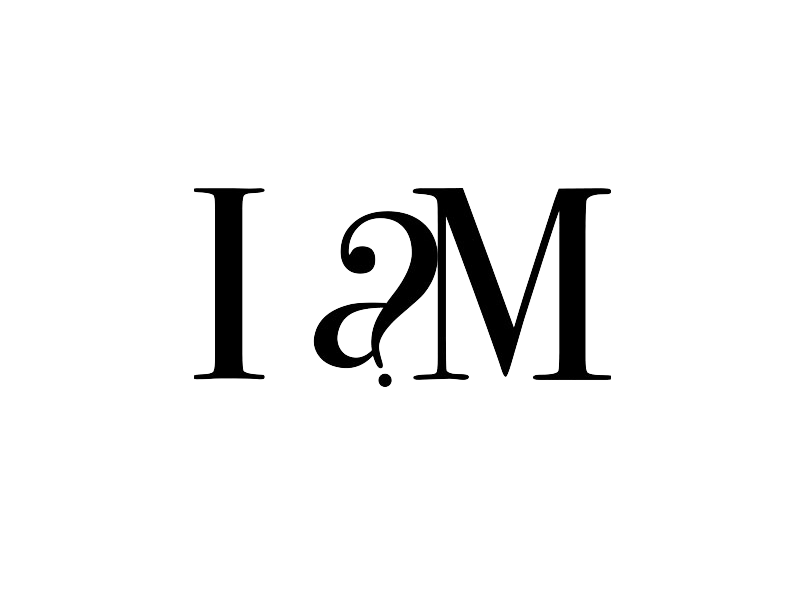SELF EXHIBITION: JAM AND THE PRESENTATION OF AFRO-AMERICAN ART
What is the best way to achieve equality and representation in the art world?
In a 1975 interview done by Guggenheim Development Officer Mimi Poser, Poser is in conversation with Linda Bryant (founder of black non-profit gallery Just Above Midtown) and artist David Hammons. Considering the racialized restraints of NYC in the 70's despite being the hub of the art world, it still had its restraints.
Linda Bryant, a Rockefeller Fellow at the Metropolitan Museum of Art, held her stance on representation within art museums. Noticing a lack of representation of black artists in these supposed culturally expansive institutions, she found it best to start her own gallery exclusively showing the works of black artists. Naming it JAM (Just Above Midtown), her gallery imposed itself on the white dominant art centers it surrounded. Great questions asked by Poser was framed around the reasoning, her idealized approach and end goal for this high reaching project.
"DO YOU FEEL LIKE IT'S THE BEST WAY TO REALLY GET BLACK ARTISTS RECOGNITION AND FAIR PRICING?" -Mimi Poser
Discussing the commercial negligence that exists for black artists working during this time, Poser questions the didactics of artistic representation and how to further equalize the art world.
Is it really worth the fight to push borders rather than try to get black artists into already established institutions? Why not try working with these "predisposed references" as Poser states.
But who are these predisposed references and to what rate has success been proven thus far?
Bryant taking a drastic yet bold move to completely disconnect from the existing frameworks exhibiting art, she holds confidence in JAM to exclusively present such talents in hopes of eventually being integrated into the art market.
"Why downtown, why not harlem?"-Mimi Poser
Harlem since known as the mecca of Black culture, Poser asks why not go to where the target audience already is.
Why make it that much more difficult?
It would make sense on an apparent level to rather than forcibly create an interest in an area so drastically different in demographics, both racially and economically, to reside in an area already welcoming and known for its strong black culture. A point that Bryant tried to tease out was the complex nature of black identities is that although there was a strong rooted black culture already existing in Harlem, it only portrayed one version of black identity. Harlem successfully affixed their culture to be of a specific genre, Bryant didn't want to limit all of black creation to this.
Artist David Hammons stated that in the phrase "black art", there was already preconceived notions of what art is created by black artists; the genre usually falling along the lines of folk art and not contemporary pieces.
What Linda Bryant wanted to showcase was "Afro American art" not "black art"
The difference being you can be black, but your subject matter, your story and medium does not have to be.
Two ends of a "racialized" spectrum.
A great conversation to ponder.
Listen to the original discussion below. Guggenheim Museum: Just Above Midtown Gallery
